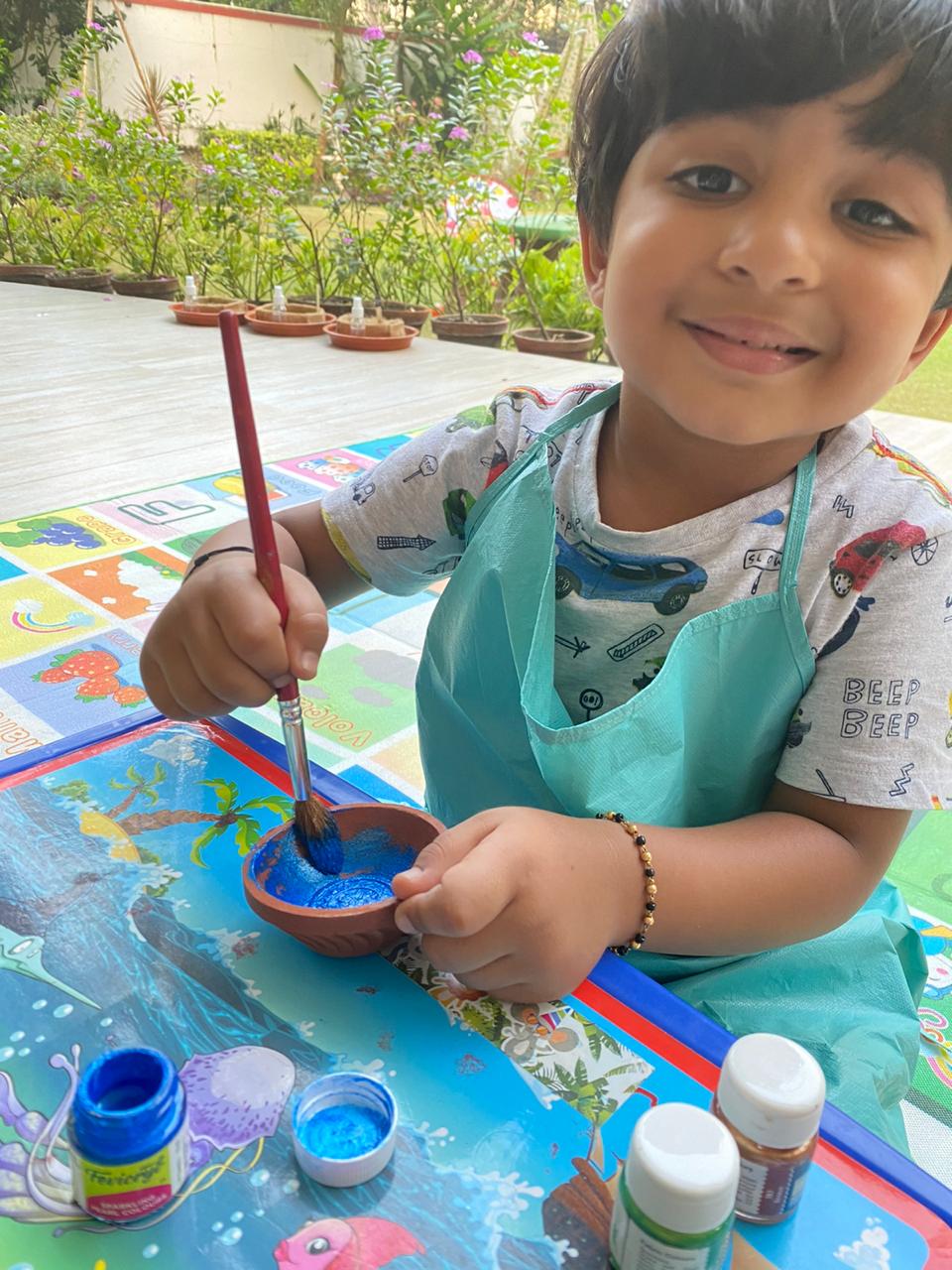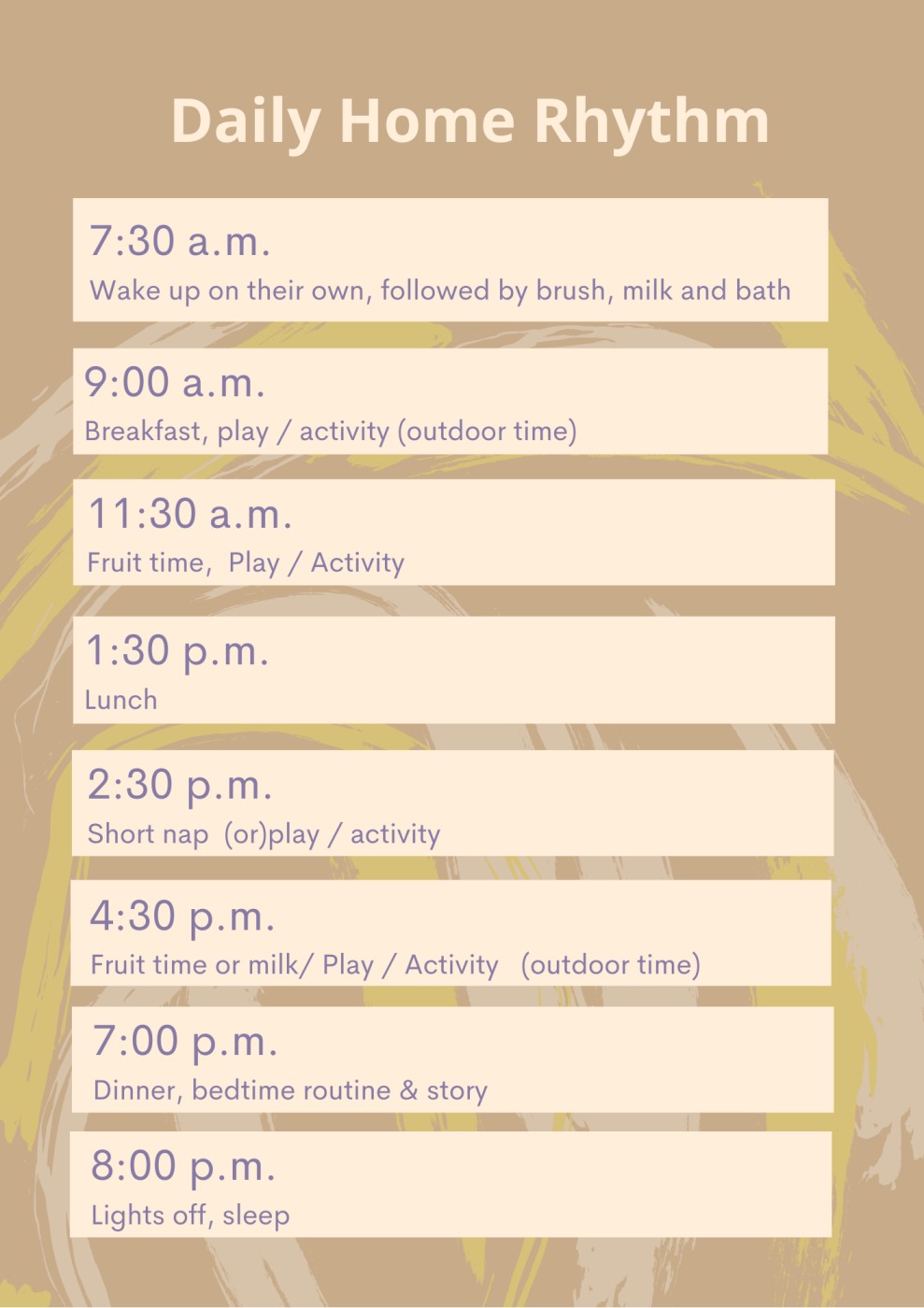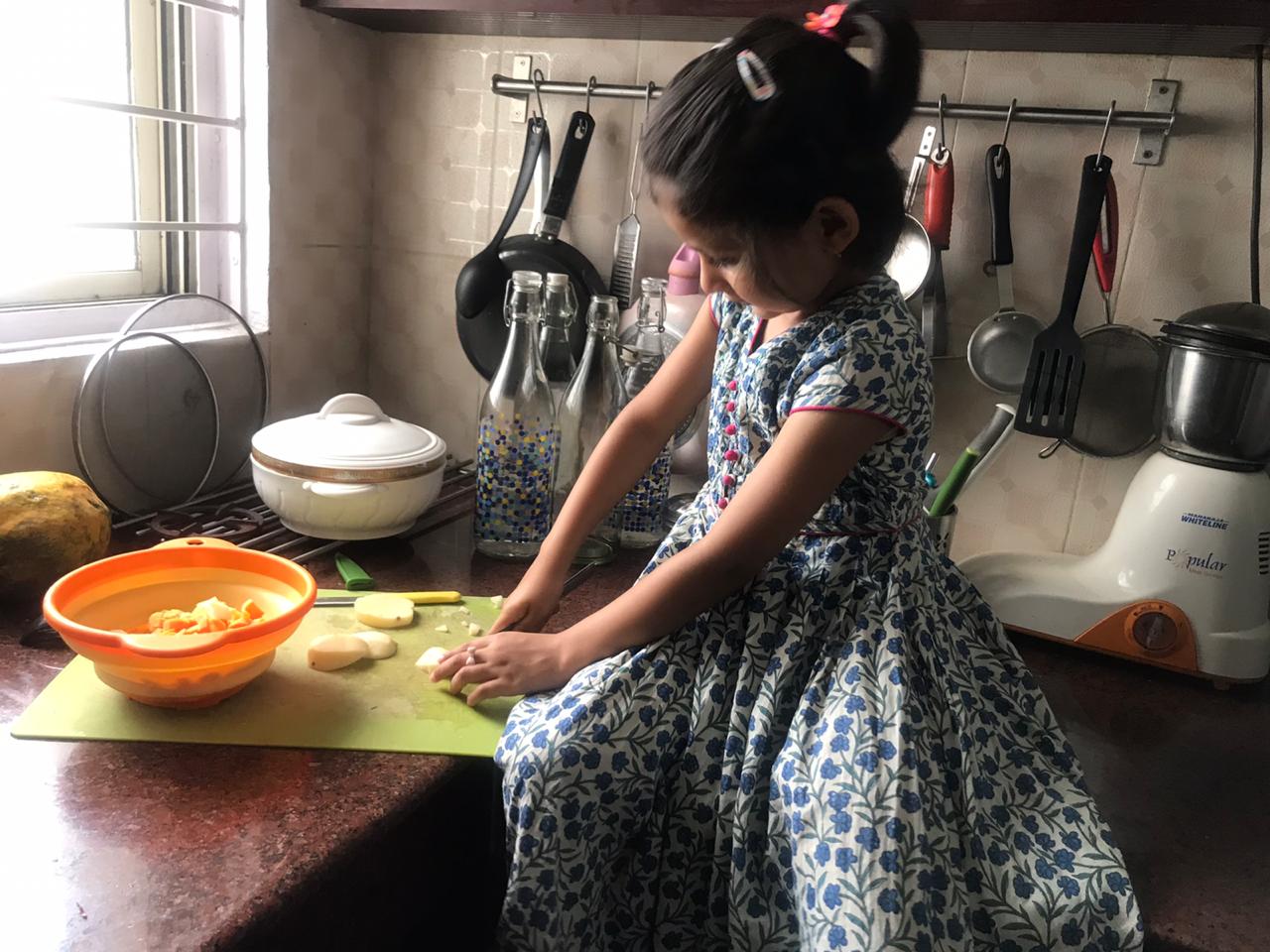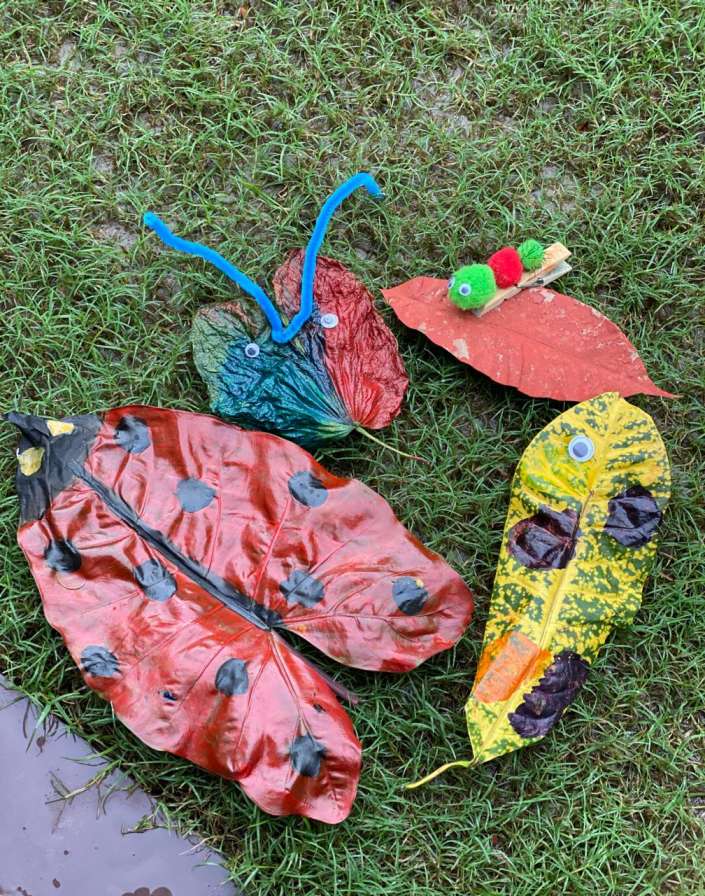Indian Moms Share Tips On How They Homeschooled Toddlers Through the Pandemic
When we finally understand the ill-effects of excessive screen time for children, 2020 forced us to put a screen in every child’s hand. Some parents, however, chose a less-traveled road and dived into homeschooling their preschoolers.

Amidst a pandemic, we all strive to keep our lives going, help our children learn and thrive everyday. But while parents juggle children’s online classes, daily chores and work from home, there are some who have bravely taken on homeschooling to create a daily learning routine for their young ones.
“It was time for school to start and we were in the middle of a pandemic. We weren’t sure how to proceed but we were certain we didn’t want a school that would be conducting online classes”, says Sanjana, homeschooling mother to 3-year-old Nikhil, on how she decided to nurture her child’s educational needs and curiosity at home.
Homeschooling preschoolers — a natural fit
Pandemic or not, parents fully understand the significance of a child’s early years and how they help in molding and shaping a child. Toddlers and preschoolers are beginning to discover the world around them, learning concepts of life, as well as discovering their own abilities and skills.

Every child has different needs and as caregivers we must help them meet their developmental milestones.
Sanjana explained that one of the challenges she faced with Nikhil was his many “nos” and homeschooling has addressed this. Both Nikhil’s attitude and even the way the parents handle these situations have changed. While teaching a child to say “no” is an essential building block to their development, helping a child try new activities and experiences is critical, too.
Within a few months of homeschooling, Sanjana remarks, “There is more confidence in the way he plays and builds things around him. He is definitely making things up and taking the lead, as far as self-directed play is concerned, which is also a lot more than before.”
Homeschooling can be a daunting task but it’s a more natural fit for young children who are stuck at home this year. Toddlers and preschoolers have more to learn through their environment and master their own skills before they can be expected to sit still in front of a screen for long periods of time and learn.
To make things simpler, Sanjana has signed up for a homeschooling program with InBloom Kindergarten which provides homeschooling materials and support for parents of 2 to 6 years old. The program is based on the Waldorf method.
But the question is how?
By adding a rhythm to the child’s day.
Rhythmic intervention
The Waldorf method of the homeschool program lays great emphasis on establishing a sound rhythm to a child’s day. The same schedule everyday offers predictability which can be a source of great comfort for a young child.
Rhythm is all about doing the same things at approximately the same time everyday so a child is aware of what is going to happen next. It helps their minds and bodies adjust to hunger and sleep cues, and it paces their day with activities full of energy and those that offer quiet relaxed play. The predictable day allows a child to spend his energies on exploring wholeheartedly, through the day.

It’s up to us to help our children learn by creating the right environment. Toddlers and preschoolers learn from imitation and play in the early years.
If we create the right environment and guide them with simple everyday activities, we help them master their developmental skills as well as lay the foundation for future learning. A child-friendly space and simple open-ended toys made of natural materials, provide a warm yet stimulating setting. And when surrounded by people who model gentle and appropriate behaviour, it encourages a child to learn.
The Parenting Journey of Homeschooling Kids
Contrary to what others may think about how challenging homeschooling can be, Menaka explains, “I have relaxed a lot more. I put less pressure on myself for creating exciting engaging activities for my son. Rather I involve him in the work I do. I allow Kabir to learn organically rather than stressing out about creating learning spaces for him.”

Shruti mentions that homeschooling has helped her take on a more active role in two year old Adya’s everyday learning. “Homeschooling has helped me understand my daughter’s mind space; and helps me manage my expectations of her and myself,” she says.
Riddhima, mom to 3-year-old Veer, discusses more about how homeschooling has helped her family meet their specific goals. She says, “Although we have always been mindful about wastage, homeschooling has reinforced this in Veer, and we are seeing him developing a tendency towards this.”
Some aspects to consider when you have an active preschooler at home.
- Create a child-friendly space – Create a safe space for play and exploration, where cushions turn into forts and stools, sofas and chairs can help set up an obstacle course.
- Natural toys – Open-ended toys fire up your child’s imagination. Toys made of natural materials enhance sensory learning. Lengths of knitted yarn, blocks, cloth, figurines with minimalistic details and single colours. Read more about toys for preschoolers.
- Parental involvement – Parents who allow a child to express themselves openly, raise happy children. As Sanjana explains, to encourage learning without too many verbal instructions, we must model the behaviour we hope from our children. “At this age the kids learn through example and by following what we (adults) do.”
- Outdoor time – Including outdoor time into a child’s schedule is important, even if it includes just a short walk around the block or a trip to the nearby supermarket. Children need to build stamina and expend their boundless physical energy every day.
- Media-free learning– Power down gadgets and provide a media-free environment for the child. Instead nurture their child’s imagination by encouraging self-directed free play and indulge in storytelling.
A few extra tips from homeschooling mamas
1. Non-verbal instruction encourages learning
Homeschooling mother Shruti, explains how toddlers learn primarily by imitation. “Showing a behaviour rather than asking her to do it has made all the difference. Eating my meals with her and allowing her to see how we enjoy it. Picking up toys together. Sweeping with a broom together. Hanging clothes to dry together.”
2. Involve your child in chores
Parents of toddlers don’t have to stress about the ABCs and 123s yet. The Waldorf approach focuses on experiences at a certain age and allows the child to learn what they can from it. Toddlers can participate in simple chores around the house. Maneka, mother of 3-year-old Kabir says, “I have learnt that all the child needs to learn at this age can be learnt through the day-to-day activities around the house like cooking, cleaning and even celebrating festivals.”
3. Singing is a great way to grab your child’s attention
When your child doesn’t listen, instead of raising your voice, sing your instruction. “What stands out (in my homeschooling experience) is when I started singing to him to get him to do things rather than coaxing and nagging, the change was almost instant,” recalls Menaka.

(Edited by Yoshita Rao)
If you found our stories insightful, informative, or even just enjoyable, we invite you to consider making a voluntary payment to support the work we do at The Better India. Your contribution helps us continue producing quality content that educates, inspires, and drives positive change.
Choose one of the payment options below for your contribution-
By paying for the stories you value, you directly contribute to sustaining our efforts focused on making a difference in the world. Together, let's ensure that impactful stories continue to be told and shared, enriching lives and communities alike.
Thank you for your support. Here are some frequently asked questions you might find helpful to know why you are contributing?


This story made me
-
97
-
121
-
89
-
167














